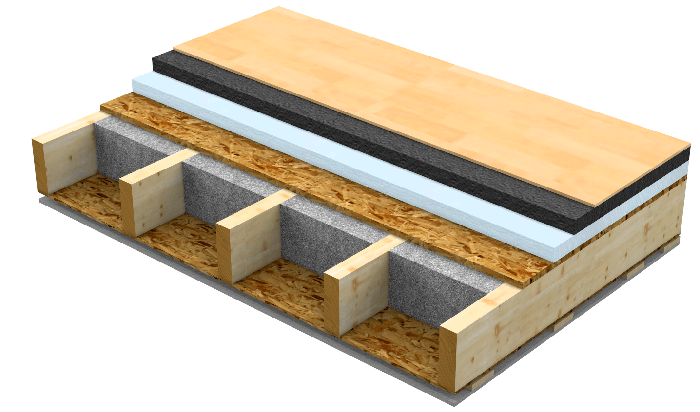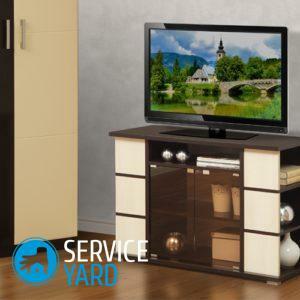
- What is what?
- Plasma TVs
- LCD TV: LED or LCD?
- Which is better: LCD or plasma TV?
- Which TVs are better than LCD or plasma or LED?
The modern TV market is very diverse and it is simply impossible to choose a suitable model by the "like - dislike" method. Many TVs are manufactured using different technologies, and each has its own advantages and disadvantages. So today we will try to understand the basic parameters of the device so that you can determine which TV is best - plasma or LCD or ICE, just for your needs.
to the contents ↑What is what?
The principle of operation of the most common TVs( CRTs) is known to everyone who did not skip physics lessons. This technique works as follows:
- Inside the electron beam tube, electrons are knocked out by photons from the phosphor.
- As a result of this action, each point on the screen gains its color.
- From the multi-colored dots, an image is drawn, which is drawn along the lines.
Important! The entire process is carried out at a speed of 25 frames per second.
Of course, the work of conventional tube TVs delivered the user certain problems, namely:
- The image flickers, and this negatively affects the eyesight.
- Electromagnetic radiation also does not add health.
- The large dimensions of the device, due to the size of the tube, does not add comfort, especially in a small apartment.
Important! Familiar lamp TVs are also inferior to modern analogues and technical characteristics, such as: contrast, image brightness, viewing angle. Therefore, few people welcome such devices, most often the question arises: which TV is better - plasma or LCD or ICE?
Modern television devices, basically, are divided into two types:
- Plasma.
- Liquid Crystal Display. Which, in turn, differ in the type of illumination and are divided into:
- LED.
- LCD CCFL.
Consider the advantages and disadvantages of television technology to find out which TV is best - LCD or plasma.
to content ↑Plasma TVs
The technology of plasma devices is based on a matrix that is filled with gas( neon or xenon).Between the two glasses attached to each other, a small space is filled with gas, and inside it passes an electric grid of wires.
Important! The electrodes, receiving a voltage, ionize the gas and convert it into a plasma, causing fluorescent elements to glow. Thousands of such elements are of different colors and reproduce the image.
The advantages of the plasma panel are obvious:
- The image does not flicker. The frames change smoothly, without creating color waves.
- High contrast and color depth.
- High-quality color saturation.
- Natural transfer of movements.
- Wide viewing angle( 160-170 degrees).
- The resolution of the plasma device is identical to the resolution of the input channel.
- Spectacular slim body.
- Modern design.
- A larger selection of models with a diagonal of up to 80 ".
- Absence of electric and magnetic fields. This is important: firstly - there is no health threat, and secondly - much less dust settles on the screen.
- All modern models are equipped with computer connectors. If desired, the user can use the TV as an additional display for a computer or laptop.
- Long service life( about 20 years).
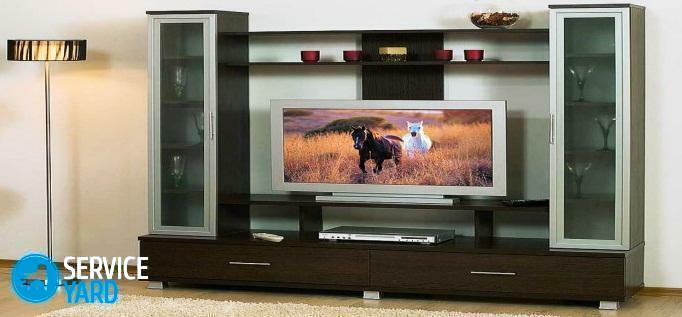
Disadvantages of the plasma model
To determine which TV is better - plasma or LCD or ICE, it is not superfluous to become acquainted with the shortcomings of such, at first glance, ideal TV models:
- The panel has a tendency to burn out. Of course, for this you need to try, since the panel is designed for 30-40 thousand hours of use, and this is 9 years for 8 hours a day.
- Pixelization due to high temperatures is visible.
- High power consumption. For example, a model with a diagonal of 42 "can use up to 350 watts.
- A lot of weight. Some models of plasma TVs have a weight of up to 90 kg, and for their fastening to the wall you need a powerful bracket.
Important! To understand the which TV is better - plasma or LCD or LED for the price, you need to know the following:
- If you choose a large display size, then the plasma models will be cheaper, as making a large liquid crystal matrix is much more complicated than plasma;
- if you choose relatively small devices, then cheaper LCD TVs.
LCD TV: LED or LCD?
The principle of the LCD TV is as follows:
- There is a layer of liquid crystals between the two panels.
- The crystalline conductive liquid changes under the influence of an electric current.
- At a voltage of electric field, a liquid crystal passes through itself a certain part of the light flux: at one voltage - the pixel glows red, the other - white, and at the third - yellow.
Important! The crystalline conductive liquid must be illuminated so that the viewer can see the image.
Specifically, by the method of illumination, this type of device is divided into:
- LCD CCFL - a liquid crystal display, as a backlight, a fluorescent lamp with a cold cathode.
- LED is a diode light.
Important! It is necessary to know the designation of TVs on the principle of the device to understand which is better - plasma or LCD or LED :
- LCD and LCD are synonyms, that is, Russian and English abbreviations, respectively.
- But LED - it's almost the same LCD, but with a different type of backlight .
What is the difference between the two types of LCD TVs?
- LED TV, thanks to the design of the backlight, has the best image quality. In LCD TVs, a single lamp illuminates the entire screen, and the LED has a large number of LEDs, which makes it possible to create a local dimming in one section of the display and simultaneously increase the brightness on the other.
- LED devices significantly reduce power consumption. This type of lighting allows you to save up to 40% of electricity.
- LED TVs do not use mercury. This advantage allows them to be safely disposed of.
- LED TVs use diodes of different colors, which allows to improve the color reproduction.
- LCD TVs exclude the loss of image details and thus they benefit from budget LED models that, due to the complex control system of diodes, may have an incorrect color display.
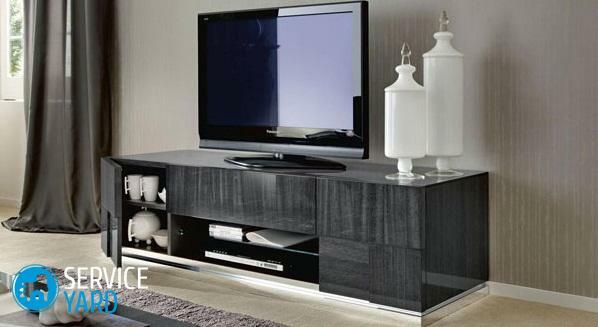
Advantages of LCD TVs
Note the main advantages of LCD TVs so you can understand which TVs are better - LCD or plasma or LED:
- The correct geometry of the image, thanks to the flat surface of the LCD panel.
- Clear picture playback.
- Cost-effective.
- Low noise.
- Relatively low cost.
Important! A long service life is one of the undeniable advantages of this type of equipment. LCD TVs last twice as long as plasma TVs, since their service life is 75,000 hours against 30,000 hours.
Disadvantages of LCD:
- Lower viewing angle.
- Contrast is lower than that of plasma. Black color is not saturated enough.
- There is a risk of burnout of pixels.
- Dimensions of LCD TVs are significantly smaller than LED or plasma models.
Advantages of LED
Models on the technology of LED by their characteristics represent something between LCD and plasma:
- Image quality is much higher than that of LCD TVs.
- Electricity consumes less than plasma models.
Important! However, the price for modern models of LED devices is very high and not everyone can afford.
Note the positive side of the LED:
- High contrast of the image.
- High quality color rendering.
- Wide viewing angle( average 160 degrees).
- Cost-effective.
- Environmentally friendly.
- The screen is very light, which is convenient when mounted on a wall.
- Compactness. The average thickness of the TV is 3 cm.
- Some models directly connect to the Internet and are able to replace the PC.
Important! The only reason why LED TVs did not displace plasma and LCD is a high price. The disadvantages of the device can be attributed to the fact that few of them are models with a diagonal of less than 40 ".Therefore, if you want to purchase a small TV, you will have to choose from plasma models or LCDs.
to the contents ↑Which is better: LCD or plasma TV?
Advantages of the plasma panel are quite obvious: the image does not flicker, nothing in the design does not threaten the health of viewers, more brightness and contrast, and a viewing angle of 160 degrees. The drawbacks include high energy consumption.
If you choose a performance technique, then analyze all the advantages and disadvantages of the two types of devices.
Advantages of Plasma in comparison with LCD:
- High contrast and depth of colors.
- Excellent color saturation.
- Large surface of the screen.
- Natural transfer of movements. Advantages LCD:
- The screen does not burn out.
- The viewing angle is wider.
- The resource of work, at least twice as much as that of Plasma. After the expiration of the resource, you can change only the light source( lamp), and not the entire screen.
- Low power consumption.
Important! The disadvantages of LCD TVs, compared to Plasma can be attributed:
- The contrast of colors suppresses halftone.
- The natural transfer of movements is complicated by the problem of the "ghost frame" loop.
Which TVs are better than LCD or plasma or LED?
Evaluating all the advantages and disadvantages of each type of TV, you can sum up the following to decide which TV is better - plasma or LCD or ICE.
Image quality:
1 place - LED.
2 place - Plasma.
3rd place - LCD.
Luminous flux( brightness):
1 place - LED.
2 place - LCD.
3rd place - Plasma.
Important! To date, LCD LEDs are the brightest. Some models can provide brightness of more than 100 foot-lambert, and in the cinema, if you are lucky, you can get 5 foot-lambert.
Black level:
1 place - Plasma.
2 place- LED.
3rd place - LCD.
Contrast:
1 place - Plasma.
2 place - LED.
3rd place - LCD.
Power consumption:
1 place - LED.
2 place - LCD.
3rd place - Plasma.
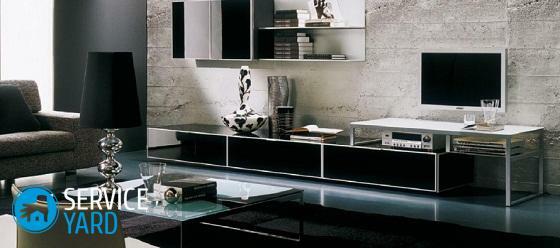
Service life:
1 place - LCD.
2 place - Plasma.
3 place - LED.
Price:
Cheaper than all - LCD.
2 place - Plasma.
3 place - LED.
To determine the winner or the outsider, having calculated the scores from the lists above, it is practically impossible, because these indicators are not equivalent. For one person, the level of brightness is important, and for another, the level of black is important above all.
Important! Maybe someone is very important that the TV has served for many decades, and the quality of the picture is not so important, then the choice is obvious - LCD.And if you are a movie man, an esthete and have enough money, then buy a LED with a 3D image.
We hope that the information provided will help you choose a TV that will suit you personally and your family, will please you in your free time by watching your favorite films and programs. Good luck and high-quality video!

